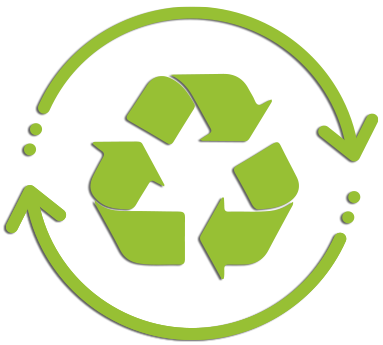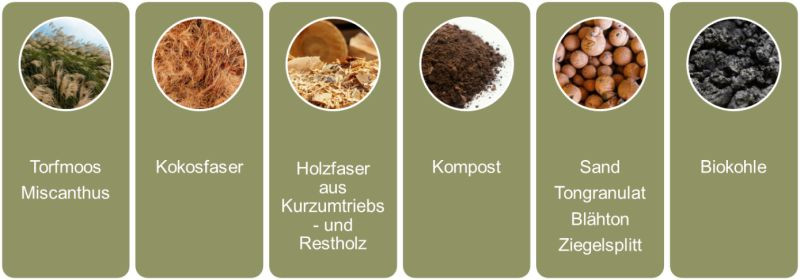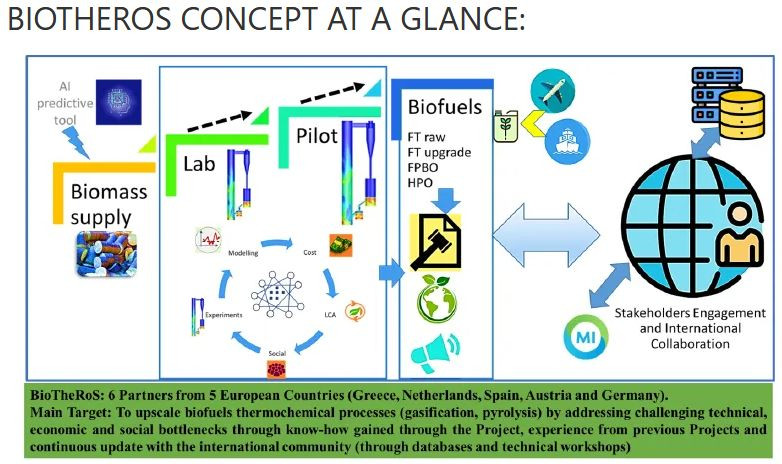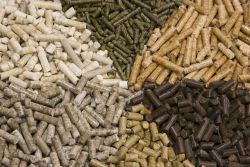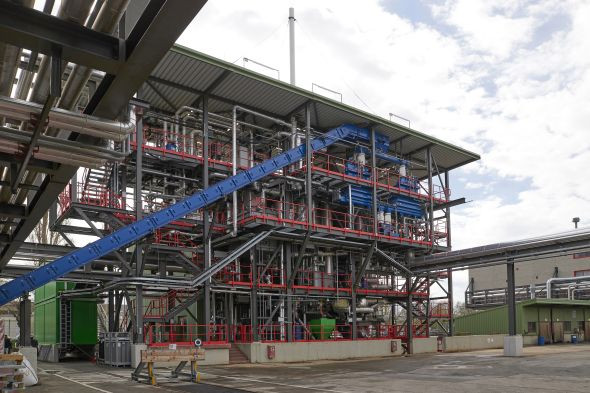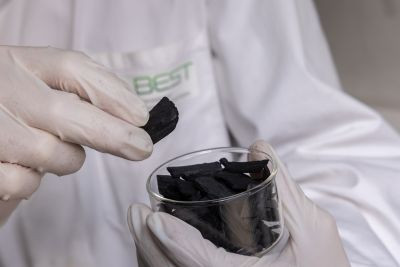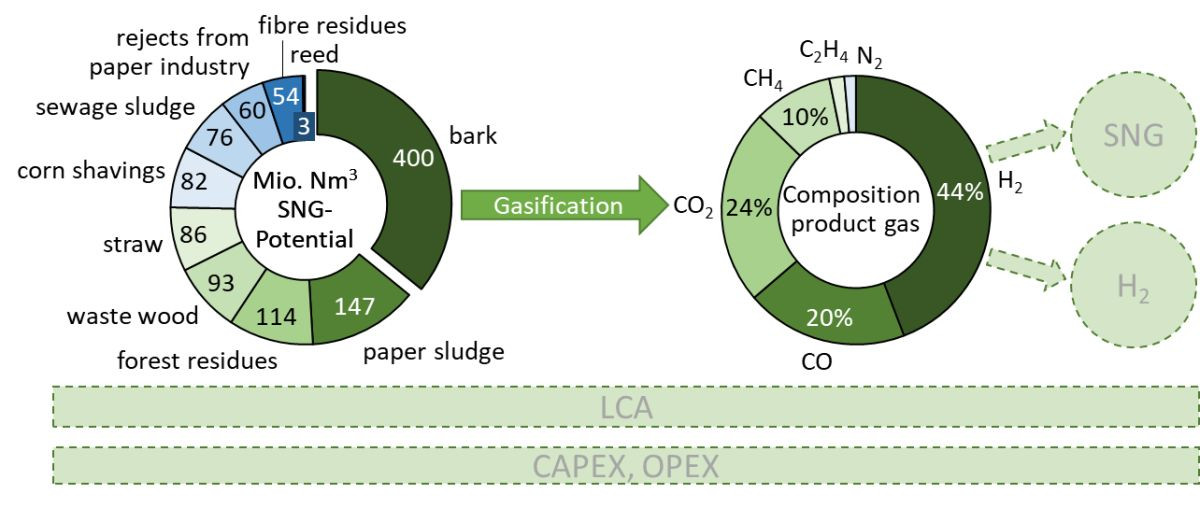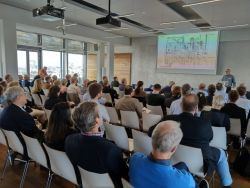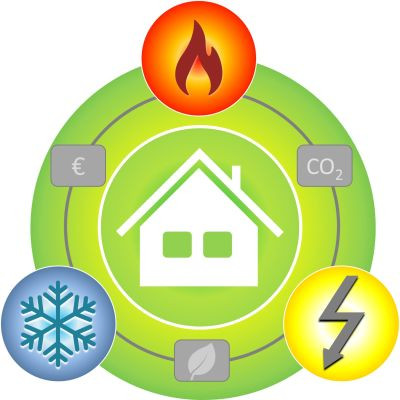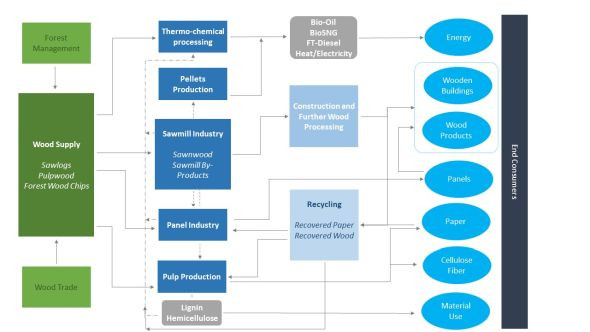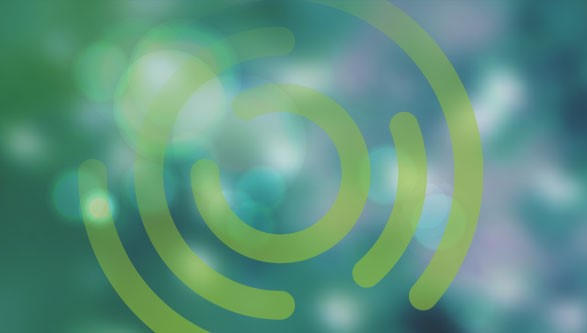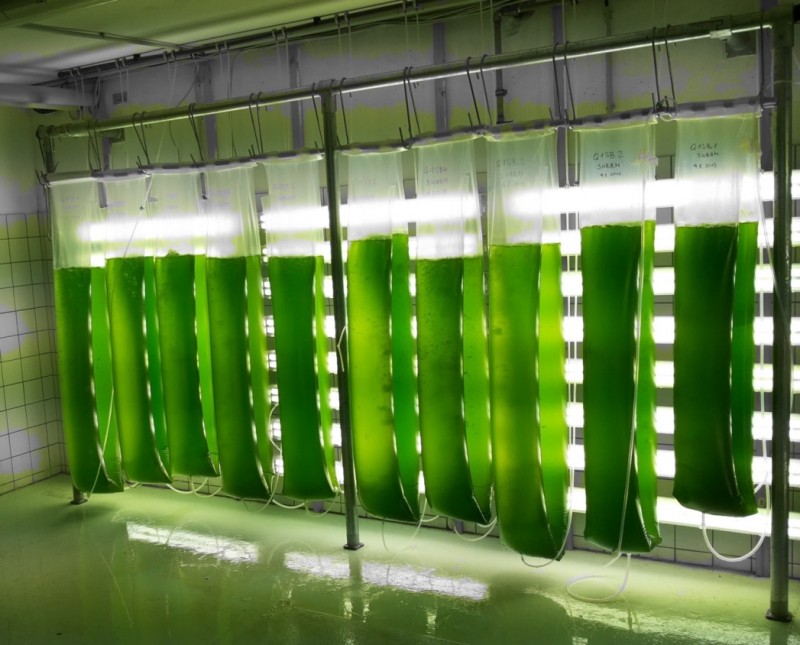Sustainable Supply and Value Cycles
Area 3 works across technology and research areas in cooperation with all other Areas and focuses on sustainability assessments on bioeconomy and renewable energy. Following the concept of the circular economy, we examine the entirevalue cycle from the resource to the end product and its market, including recycling (e.g. carbon recycling) and energy/material recovery. We focus primarily on economic, ecological, social and market-related issues.
Services here
Projekte
Building on activities and successes of the past years, BEST takes a few steps further within the project...
Moorgebiete gehören zu den wichtigsten Kohlenstoffspeichern der Erde. Der Abbau und die Nutzung...
BioTheRos: Collaborative actions to bring novel BIOfuels THErmochemical ROutes into industrial Scale
Through the use of thermochemical conversion technologies, like gasification and pyrolysis, the BioTheRoS...
In order to ensure long-term sustainable biomass availability, the use of available biomass potentials...
The project "KLAR - Sewage Sludge Inorganic Recycling" aims to make sewage sludge usable as...
The Alps4GreenC project, funded by INTERREG Alpine Space, aims at setting-the-scene for transnational...
The goal of the BIG - GreenGas project is to research new processes for upgrading biogenic residues into...
IEA Bioenergy Task 39: Biokraftstoffe zur Dekarbonisierung des Verkehrs (Arbeitsperiode 2022-2024) Das...
The main objective of the IEA AMF Task: Sustainable Aviation Fuels (SAF) is to identify the main challenges...
A research project of the Technikum Wien GmbH, ENFOS e. U., AEE INTEC and BEST GmbH on behalf of the...
In order to facilitate the energy transition, the civil society should be involved and agree on measures...
BEST has been quite active in terms of equality and can also present some major achievements. The number...
The transition towards a bioeconomy will rely to a large extent on the advancement in technology of a...
BIOENERGY 2020+ publishes the bulletin Biobased Future, which is financed by the Austrian Ministry for...
By anaerobic digestion of organic residuals and wastes high amounts of digestate and sludge arise. The...
The overall objective of ENERGY BARGE is to foster sustainable usage of biomass for energy production...
The overall objective is the upgrading of forest residues, residues of the wood processing industry and...

